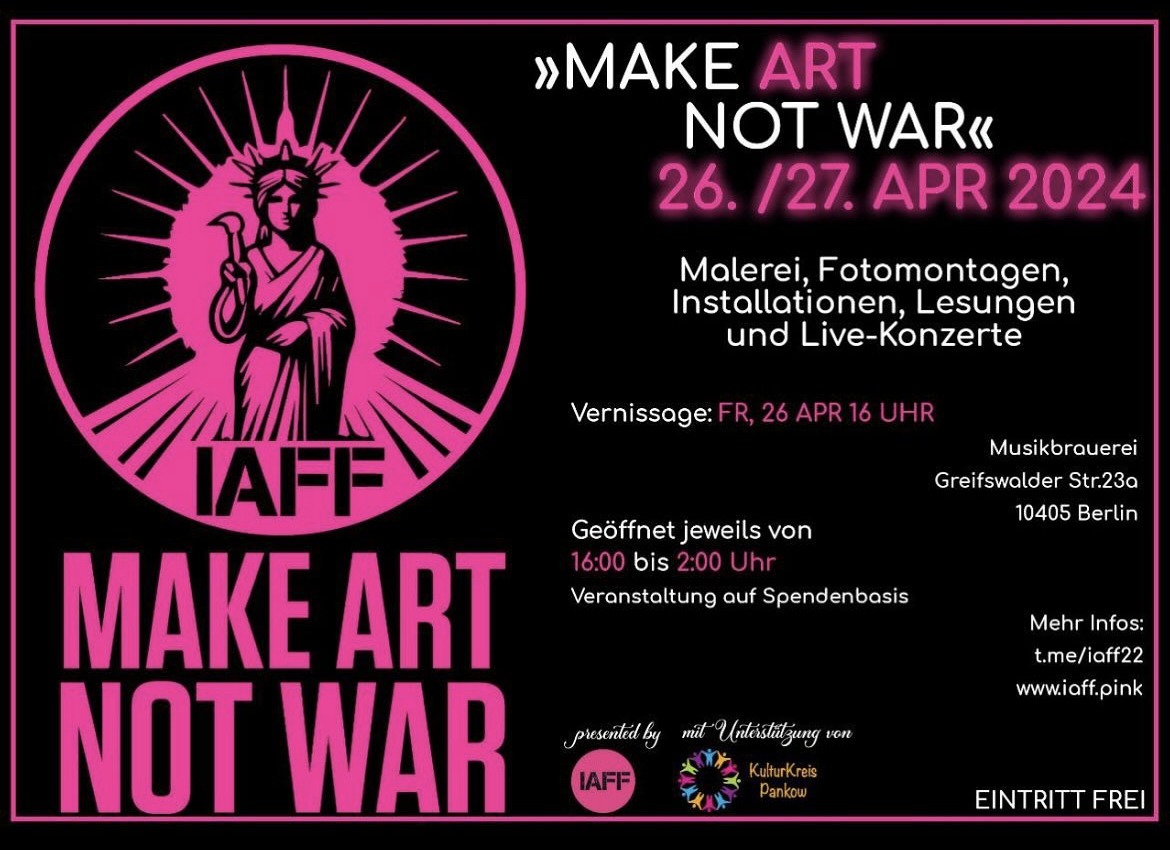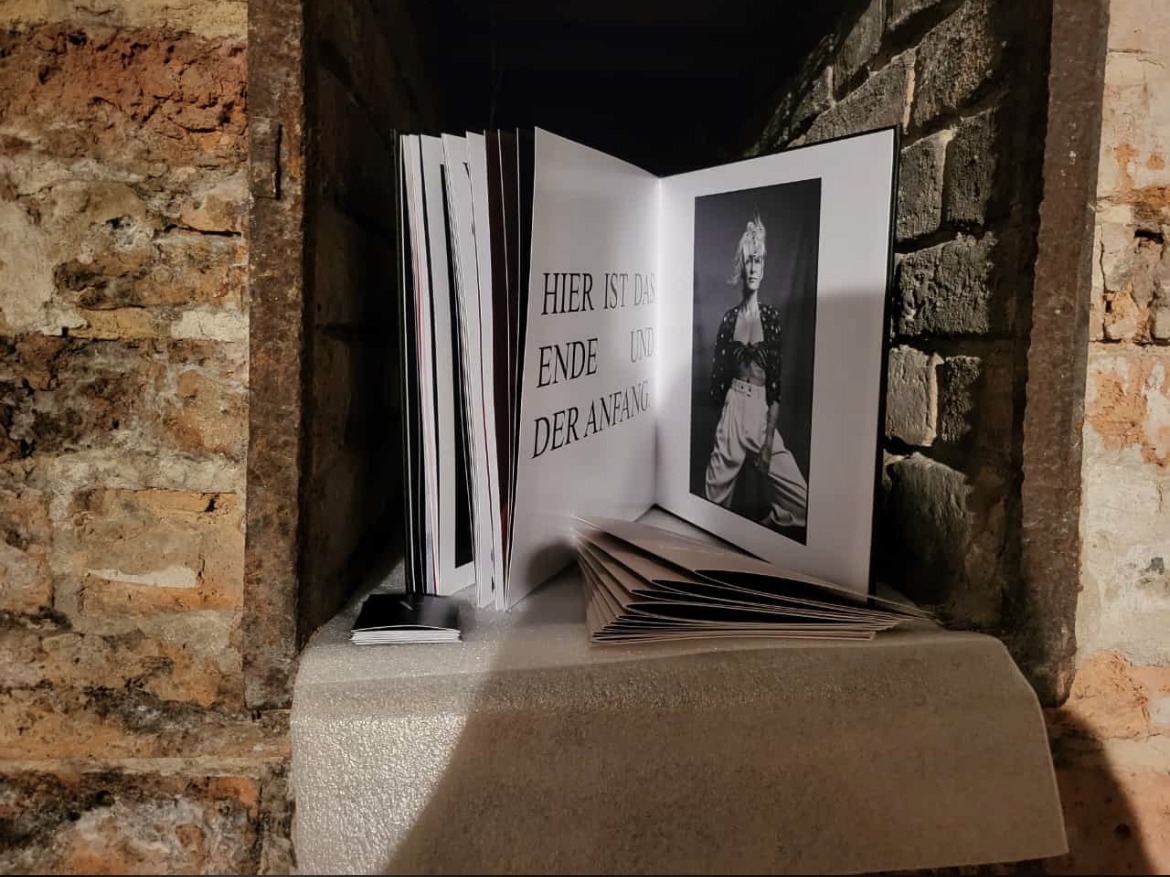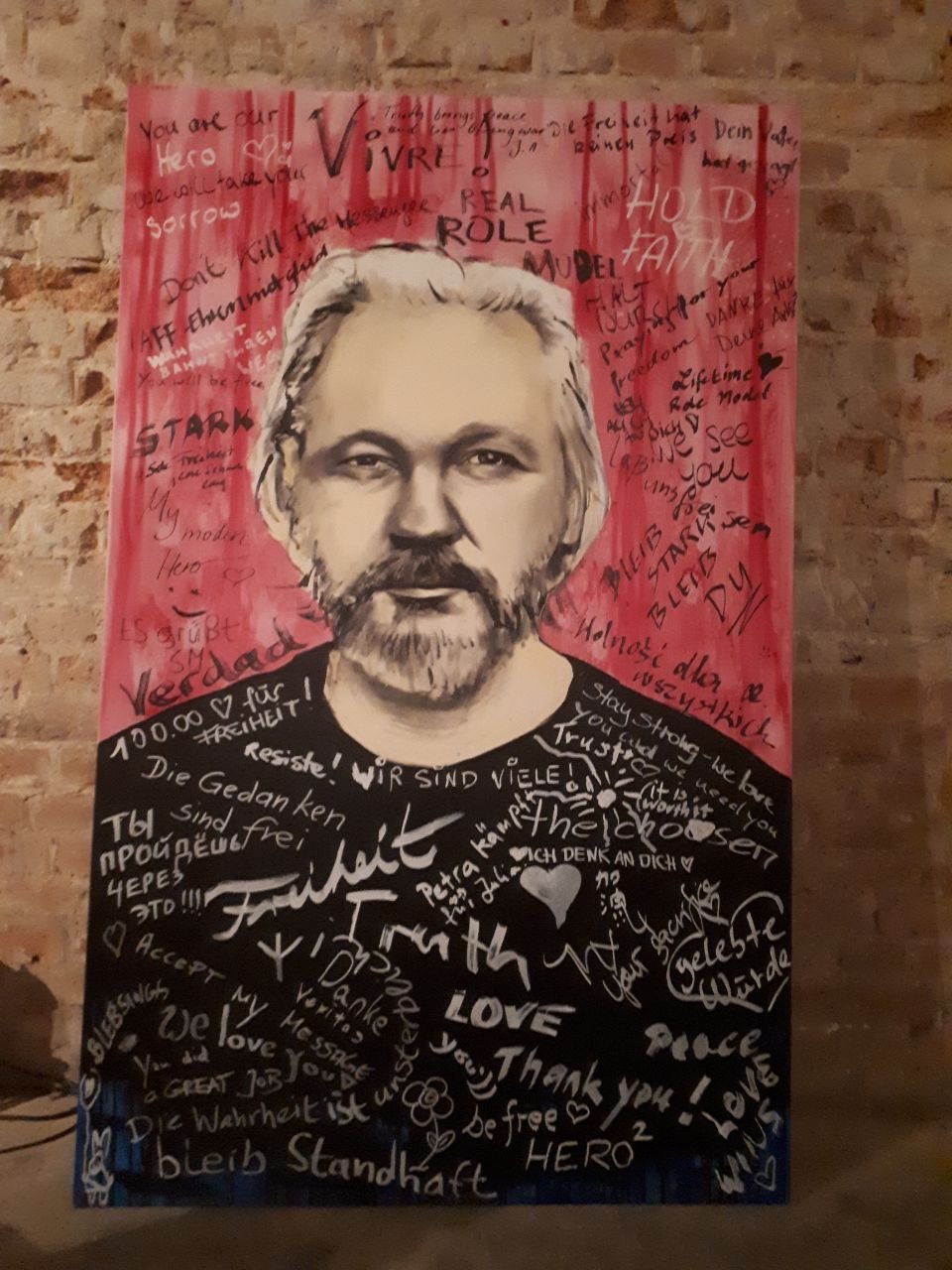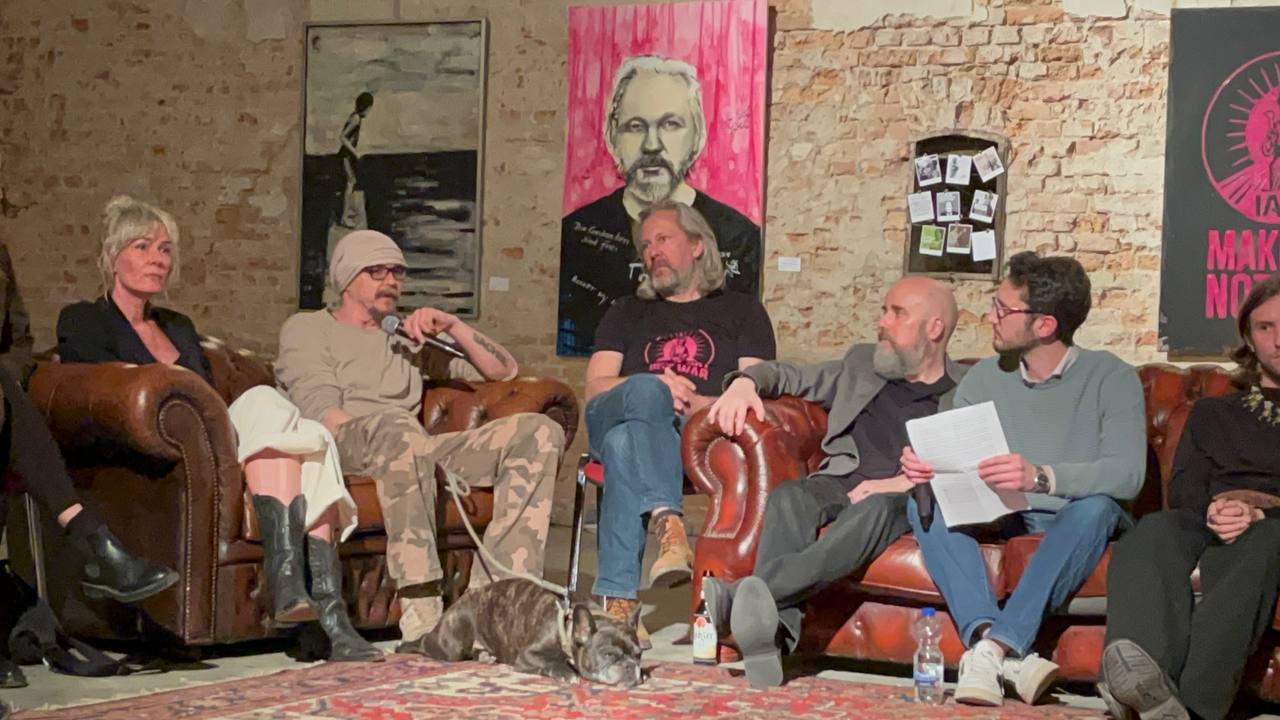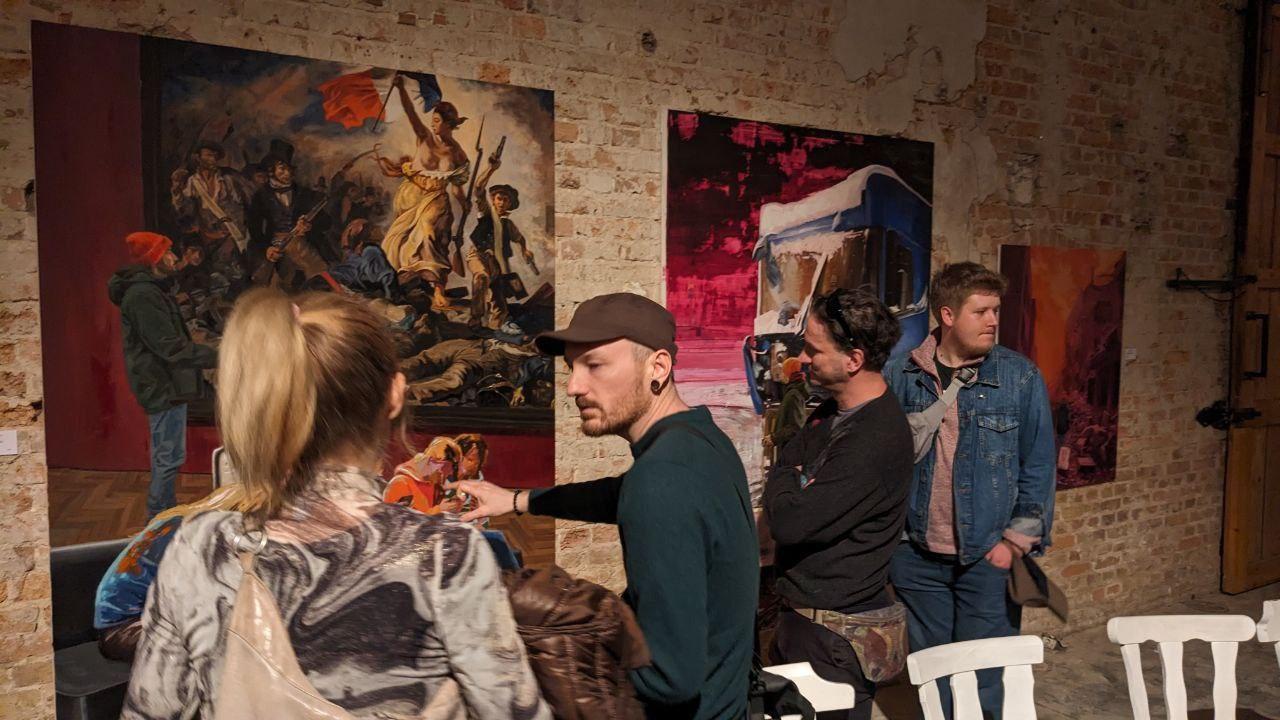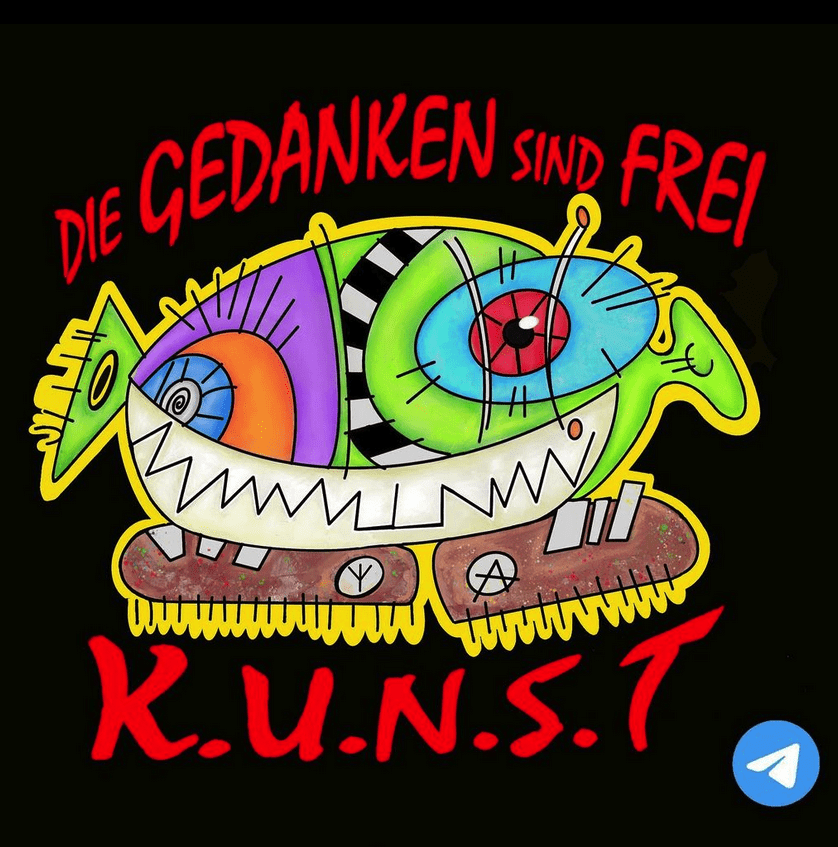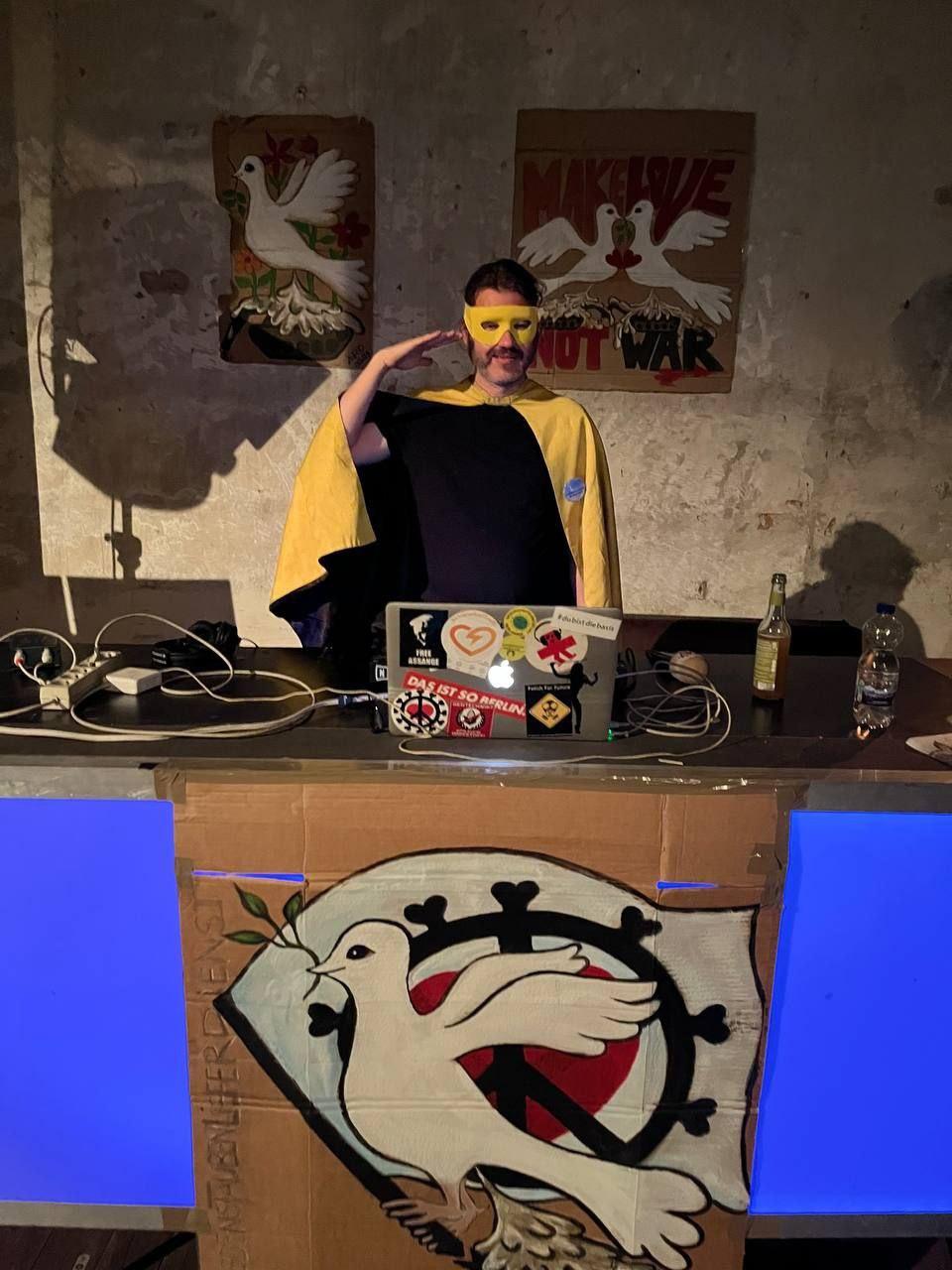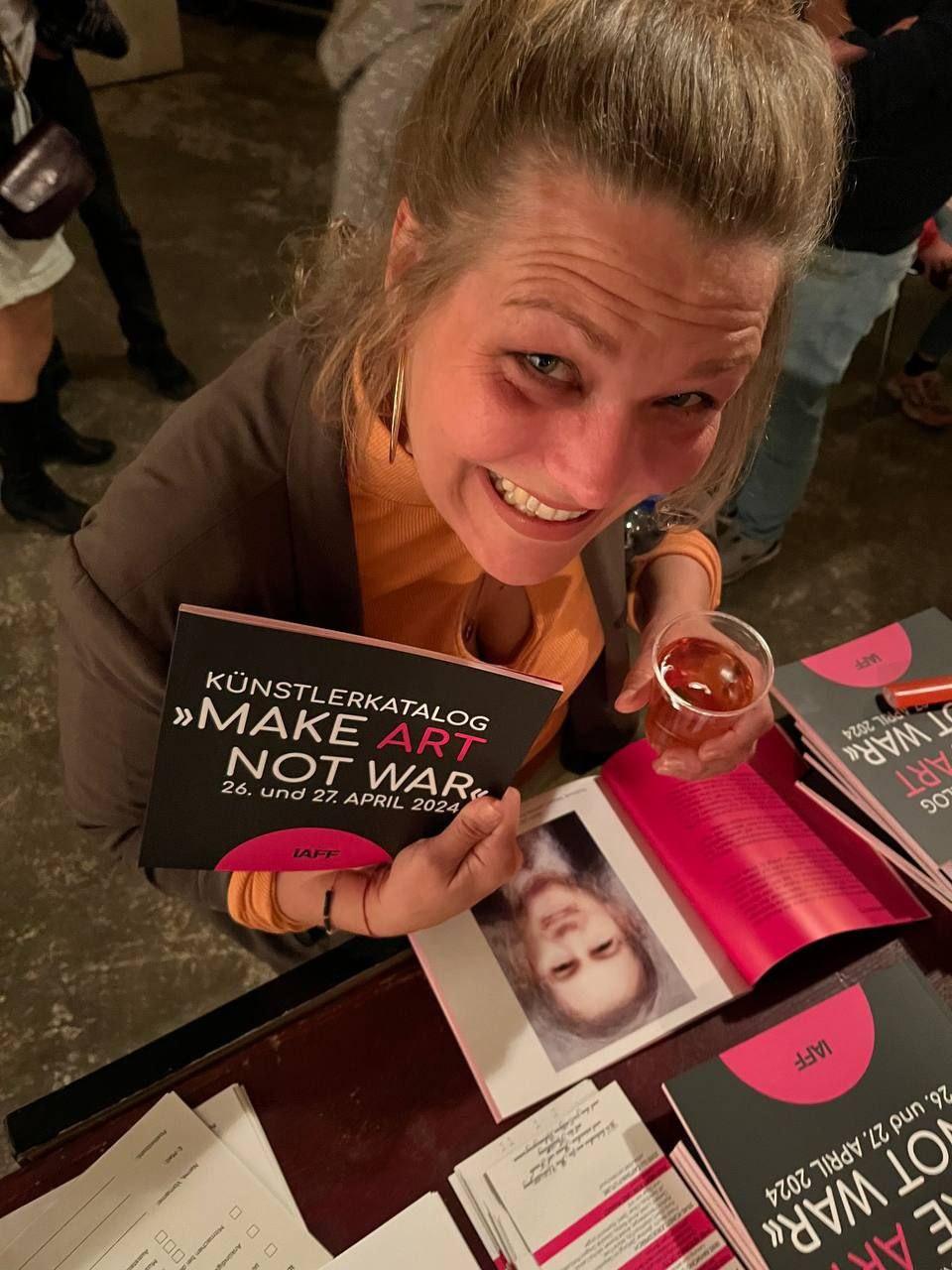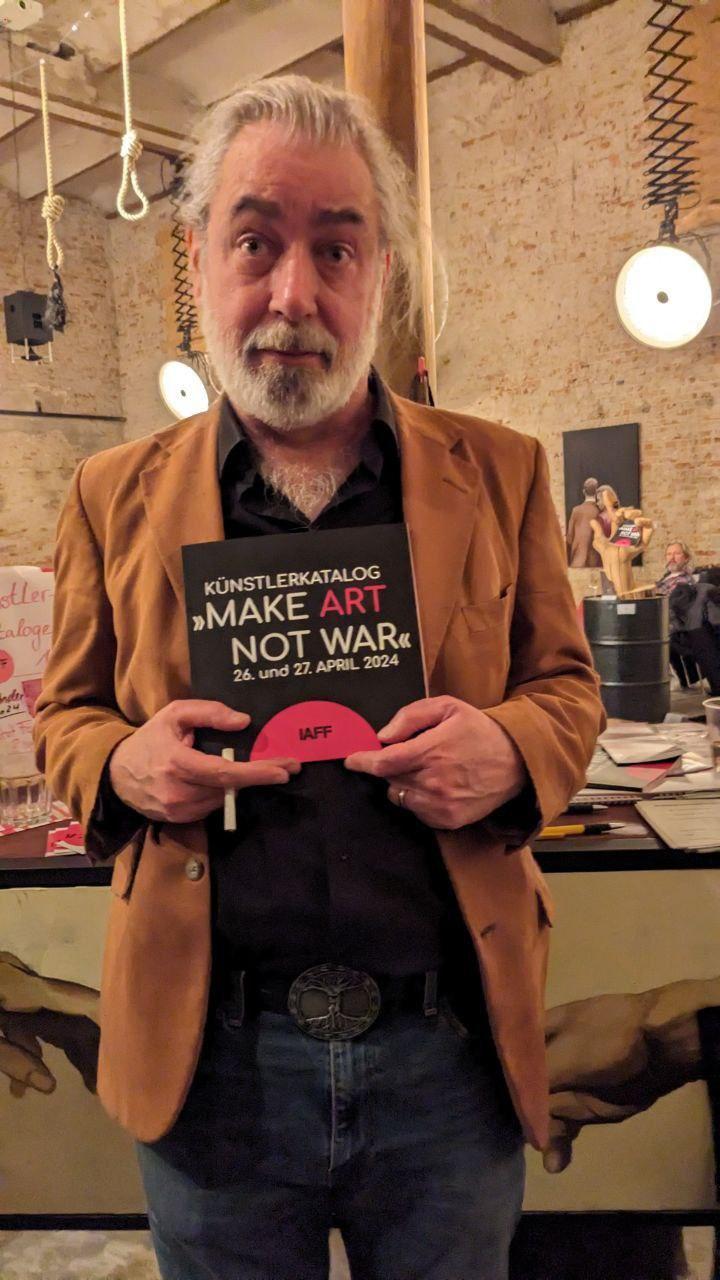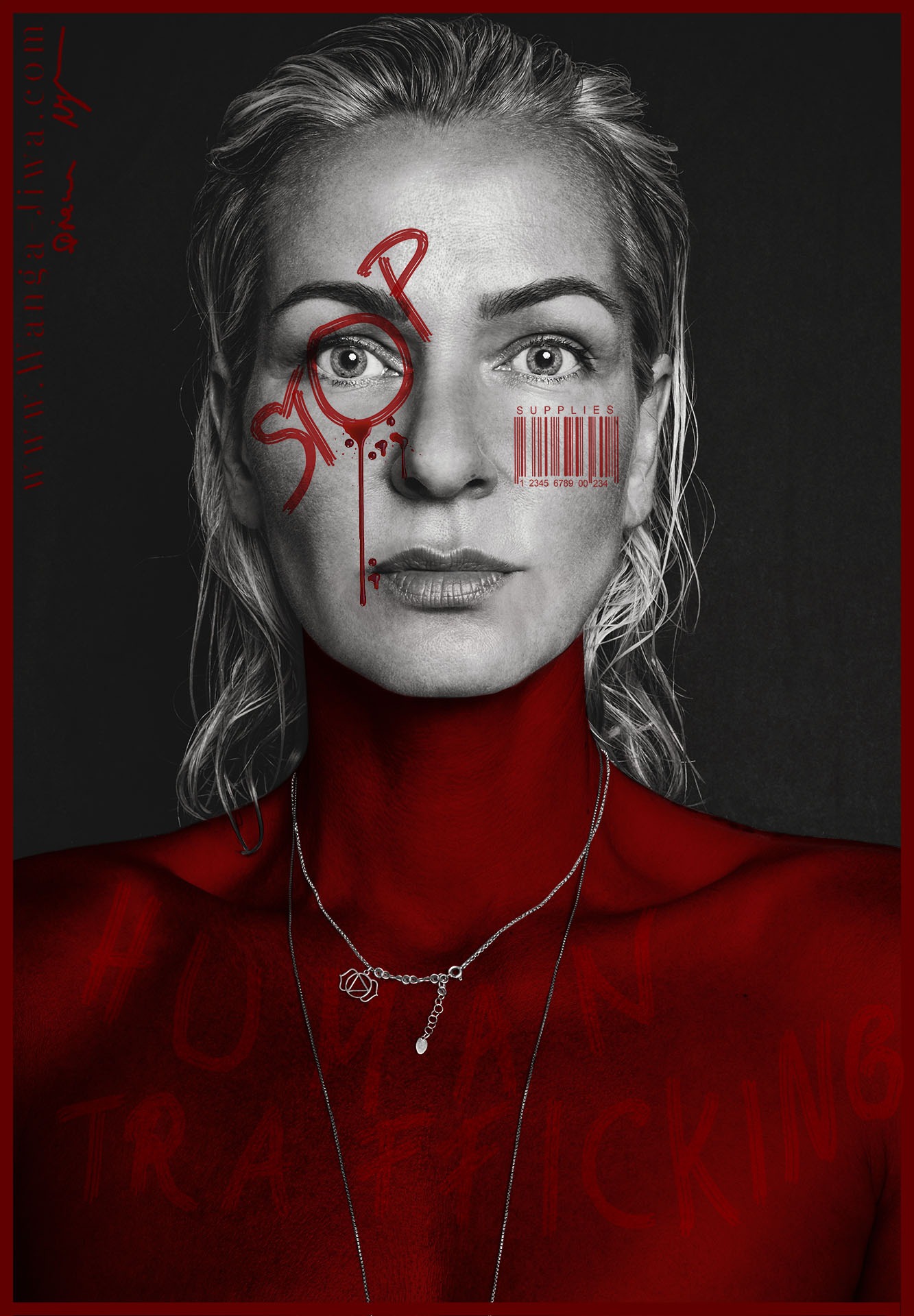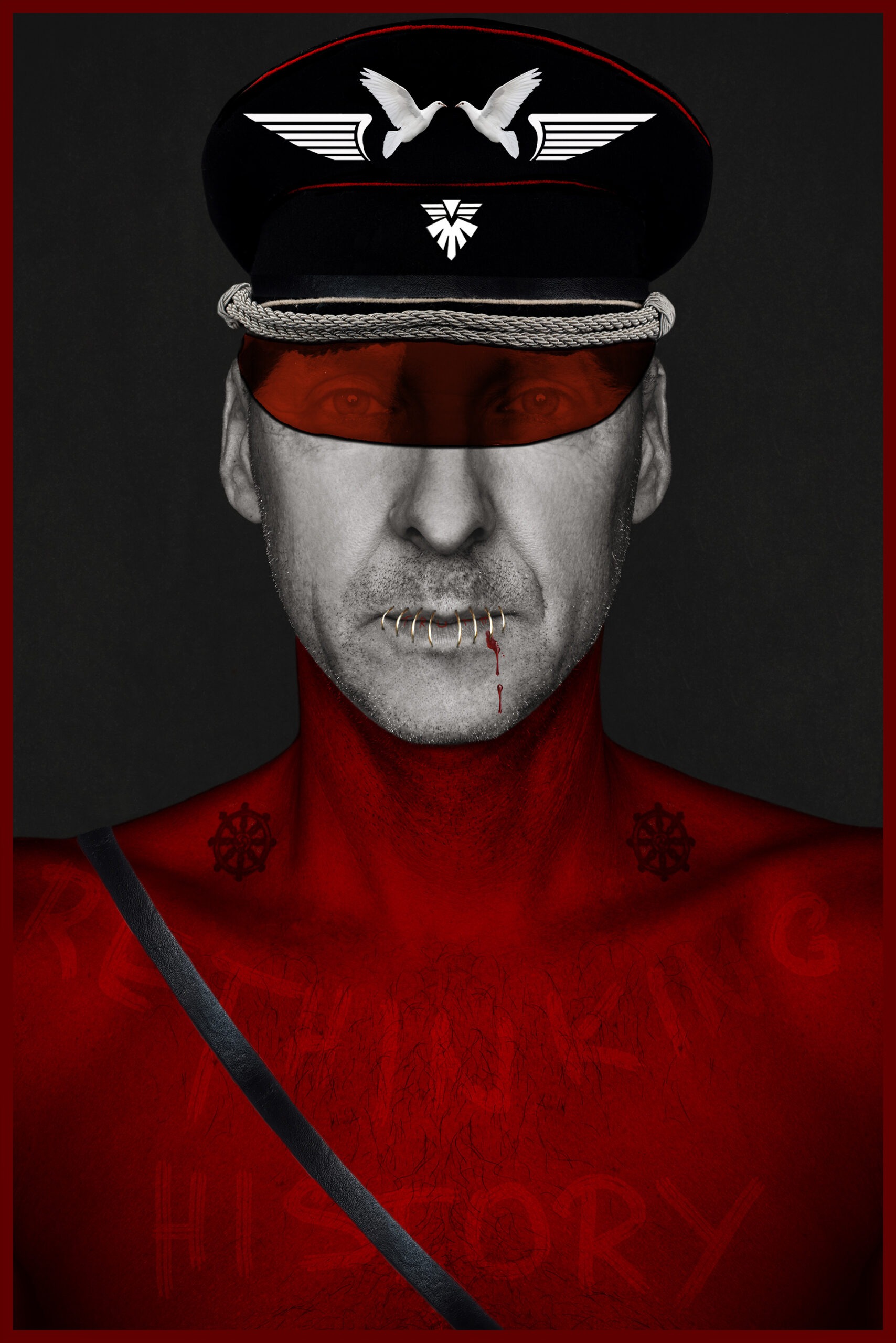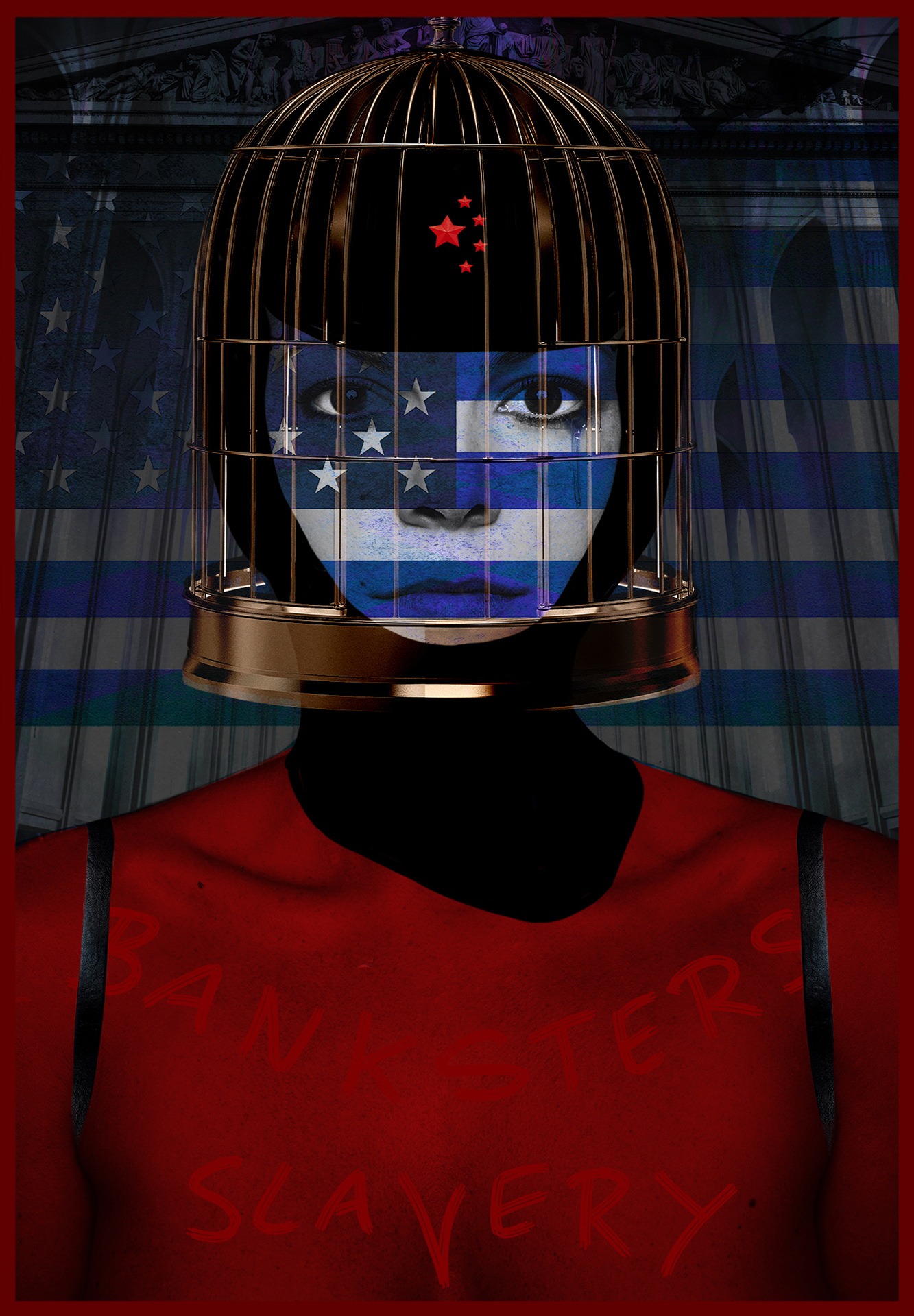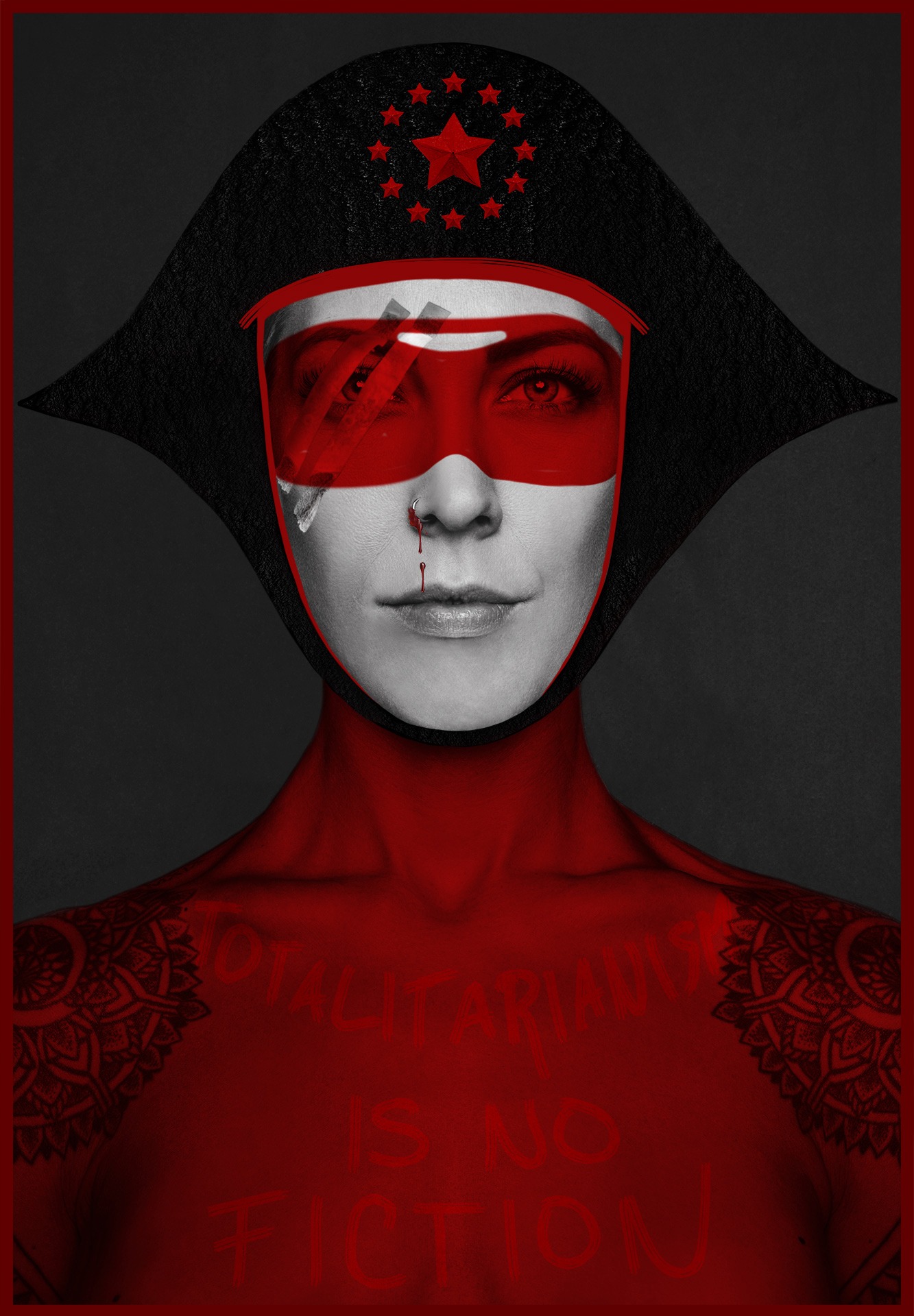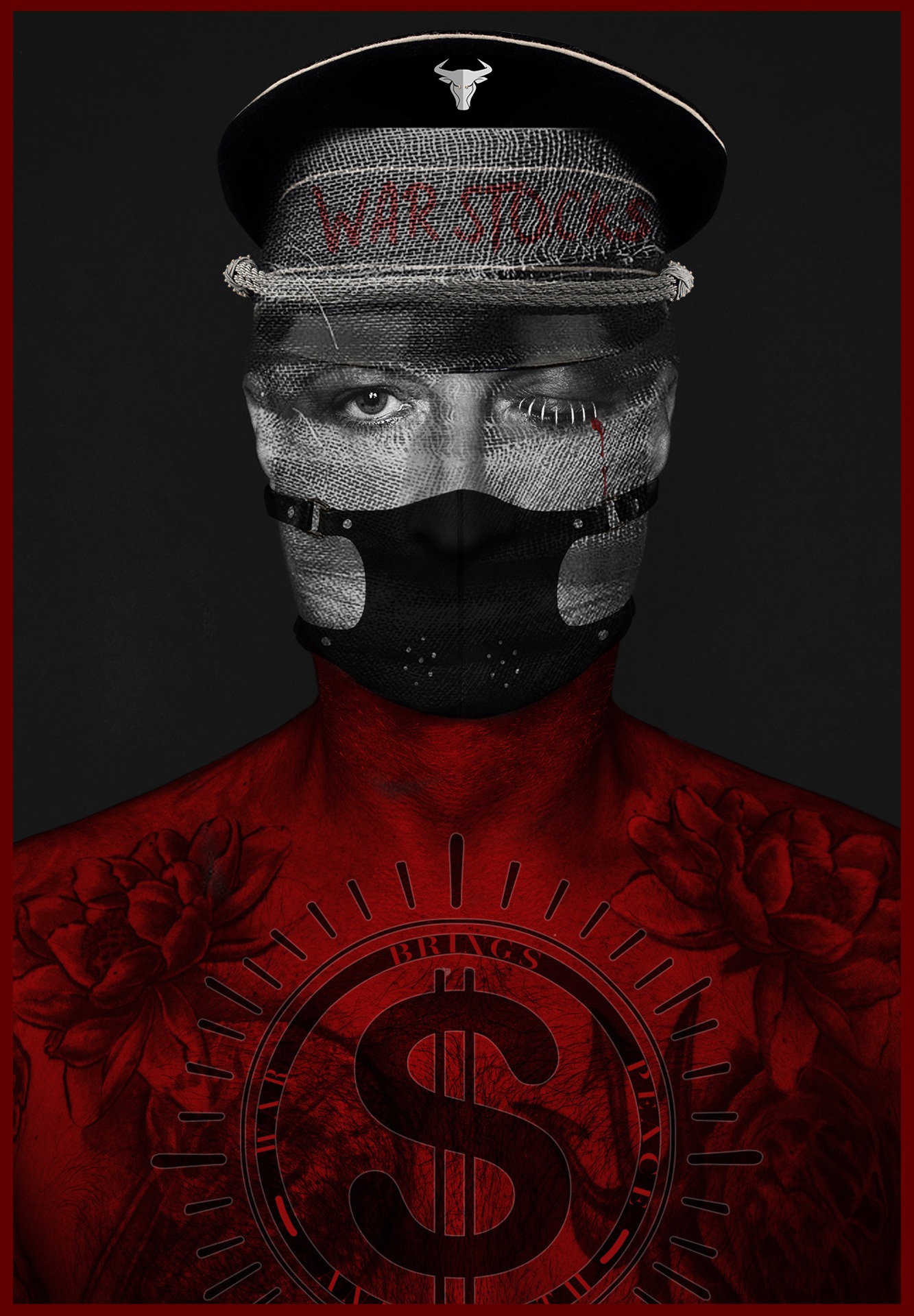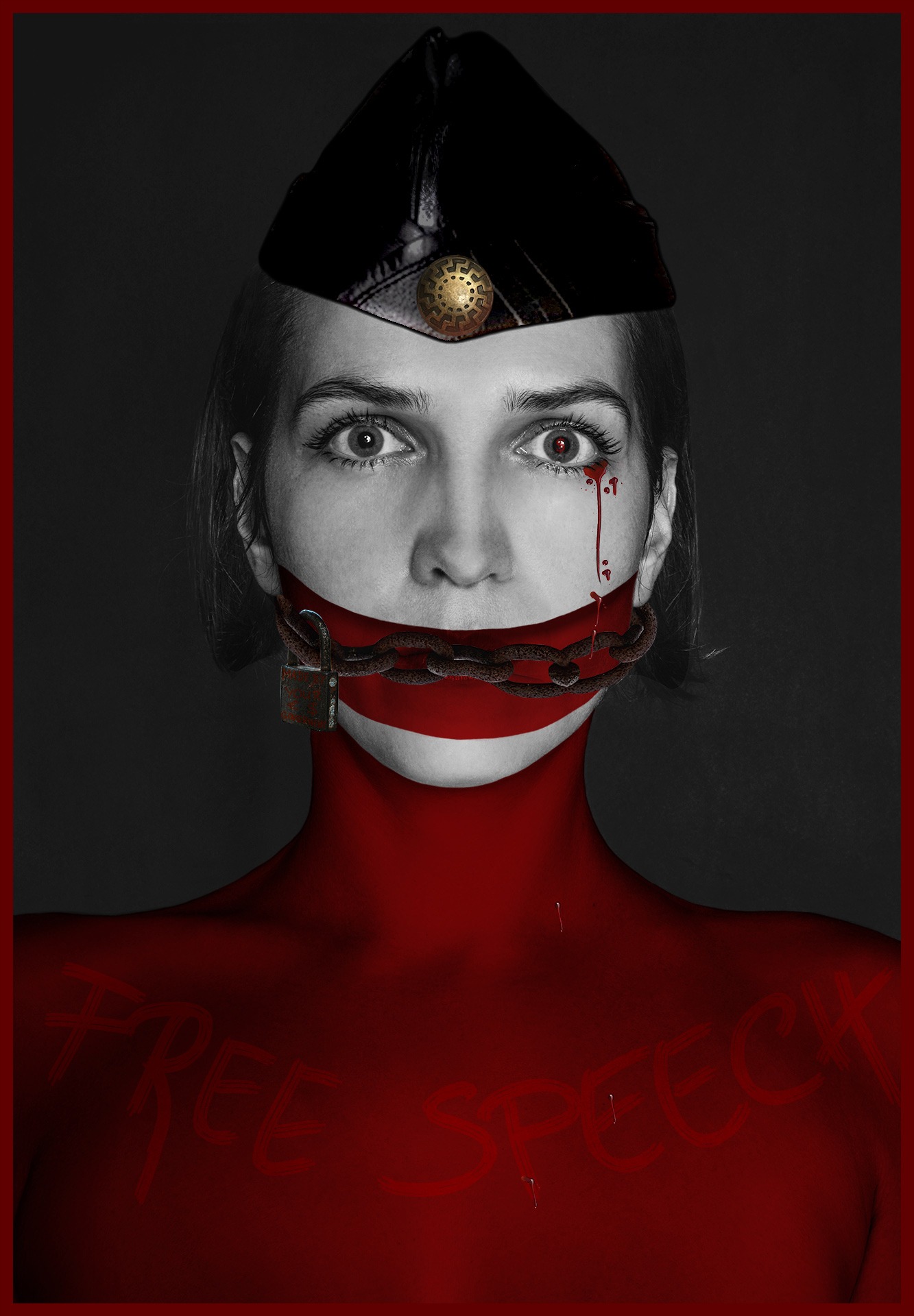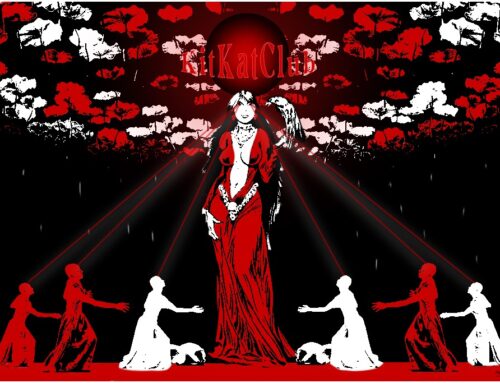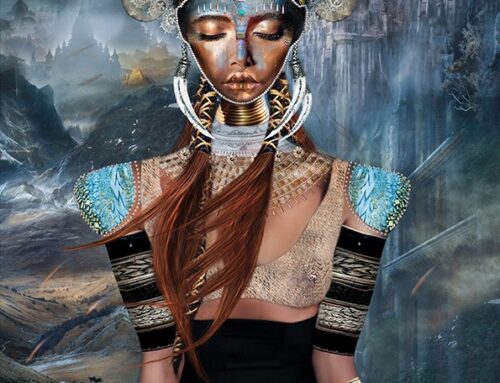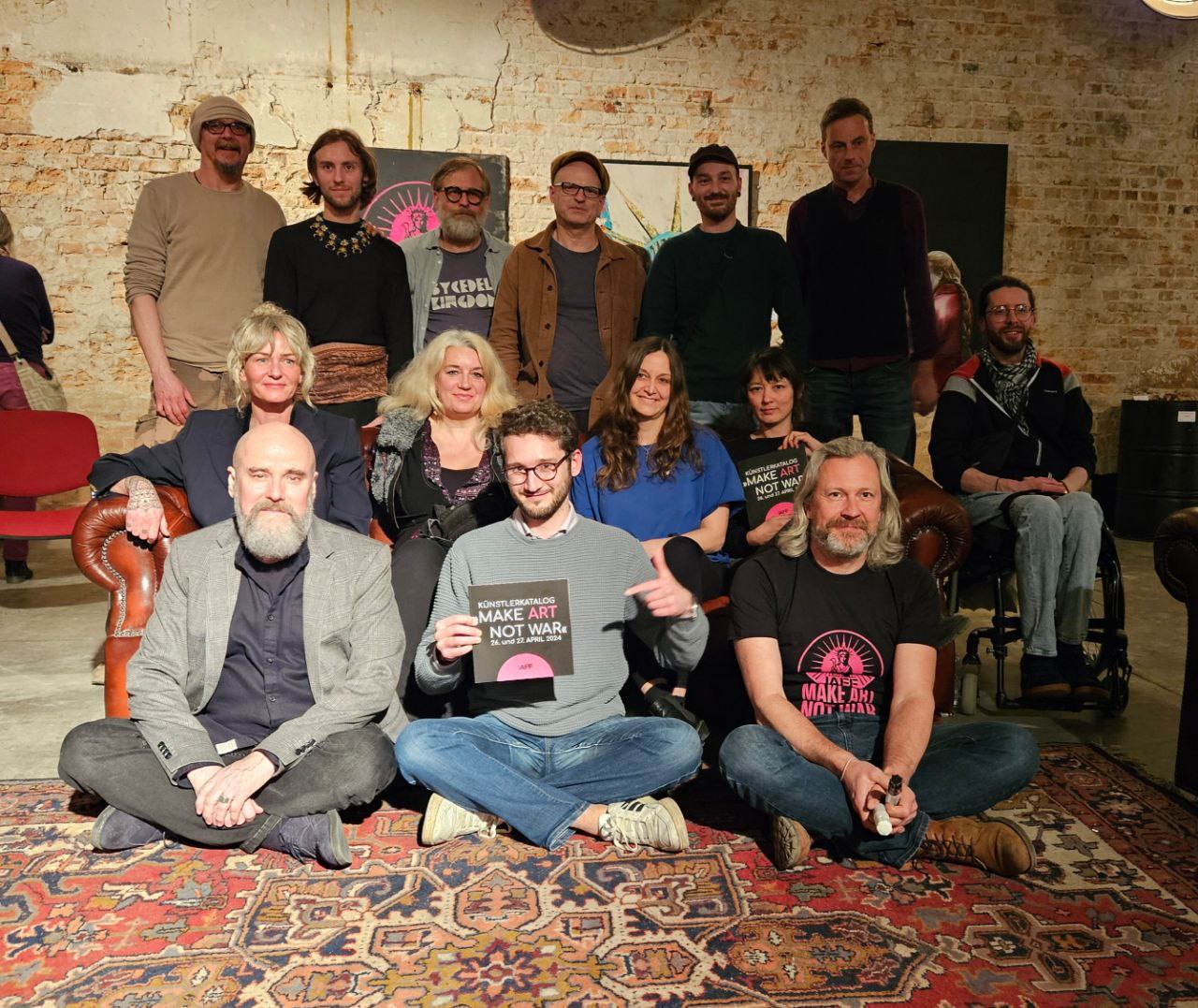
Creative activism and the way of life
How creative activism is bringing us all closer together again. The “Make Art not War” exhibition in Berlin 2024
The IAFF is a registered art and cultural association that was founded in Berlin in 2022 by freedom-loving art lovers and artists. In September 2022, the first International Exhibition for Freedom took place as part of the Berlin Art Weekend at the Musikbrauerei. Artists and musicians presented their artistic positions on the topic of freedom in its recent development under Corona and the war. The result was a socio-political contemporary document consisting of photographs, paintings, collages, video art, performances, music and theory.
Why exhibitions like this are so important for all of us
“Make Art Not War” is a slogan that has been known since the 1960s as an expression of creative resistance and peace activism. These words emphasize the transformative power of art and call for creativity and forms of expression to take precedence over violence and conflict. Creative activism inspired by such slogans plays a crucial role in social movements and provides a platform to spread important messages and promote social change. In one direction or the other. This is where awareness plays a crucial role.
The meaning behind the slogan “Make Art not War”
The slogan “Make Art Not War” expresses a simple but profound message: art should be used as a means of peaceful protest and positive change. In times of political and social tension, this call serves as a reminder that creativity and art can offer a stronger, more peaceful response to conflict than violence and war. Art can help to make complex issues accessible, promote empathy and unite people. This was also the case with the last IAFF exhibition, which I had the pleasure of being part of. SIGGI VON VRIL took part with the works EIHWAZ and ERHEBUNG.
Creating awareness and education
Creative activism uses various forms of artistic expression such as painting, music, theater, film, literature and many more to draw attention to social, political and environmental grievances. These artistic works can make complex issues understandable and emotionally accessible, reaching a wider audience and raising awareness.
Artists generally want to express things that move them. They use their media to convey their message. Sometimes it succeeds more and sometimes less well, but that too is in the eye of the beholder and their level of awareness.
Nevertheless, it should definitely be mentioned here that there are many, many artists who also convey their empty thoughts. And it is obvious that this also finds an audience, and a large one at that. So we always come back to one source: consciousness is the only reality. Everything else is the matrix and its supporters.
Promoting empathy and understanding
Art has a unique ability to touch people emotionally and bring different perspectives to life. Through creative activism, artists can tell “stories” and share experiences that might otherwise go unheard as they are sometimes not allowed to be spoken. Because the system doesn’t like “troublemakers”. Yes, you read that well, censorship by the system is real!
All of this promotes empathy and understanding between different social groups and helps to overcome prejudice and mistrust. In the best case of the scenario.
Mobilization and motivation
Creative activism can mobilize and motivate people to get involved and actively participate in movements. Artistic actions and performances that occupy public spaces can attract attention and inspire people to get involved in a cause. Incidentally, the system also knows this and uses these mechaics since a long time entirely for distraction and brainwashing.
By creating a shared experience, they strengthen the sense of community and cohesion within the movement. However, it is also important to mention here that not all movements originate from people like us. We live in the year 2024 and the infiltration of individual movements is very real and quite dangerous. Let’s take ANTIFA as an example. This movement is financed by governments and is brutally inhumane and destructive. Many members are unaware of this background and blindly follow an agenda that will ultimately destroy them. Members of this movement are regularly paid salaries by governments. And the general majority do not see this because they are also asleep on the subject and only bark when the NAZI is shouted out loud. Distraction on a very high level.
As the opinion makers of our world like to buy into projects and companies in order to better disseminate their opinions and views, caution is required to avoid falling into another mind trap.
Catalyst for social change
Historically, creative activism has often played a crucial role in social movements. Art has repeatedly helped to drive social change. It provides a platform to voice criticism, present alternative visions and stimulate dialog that can lead to long-term social change. They are also contemporary documents of real activism and fake activism, because artists are also bought in to influence the opinions of the masses and they doing it very well. Thus, in all writings from history, we repeatedly find potential real activism of its time. Or even in drawings and paintings, photographs and music, there were always people who did not go along with the masses. They were also frowned upon by the majority, as they were defamed by the system and rendered untrustworthy. Some were portrayed as witches and killed. Some were classified as mentally ill, many even. If you want to find out when and why so-called psychiatric sanatoriums were set up. Is it all just a coincidence? Here I can recommend a book that deals with this topic, among others: Spiritual Dissociation
Creativity as a means of resistance
In repressive regimes and under authoritarian governments, art can be a subtle but powerful form of resistance if the artist is sincere. Artists often use metaphor, satire and symbolism to criticize and resist without being directly confrontational. This creative form of protest can be harder to repress and offers a way to uphold freedom of expression and fight oppression.
We are experiencing this very repression in our world on many different levels. The last few years have clearly shown how infiltrated all levels of leadership are. Journalism and many other important levels worldwide, which are dependent on the system and also profit from it, speak the language of the buyers.
My own experiences with creative activism
In the works that I personally create, there are many works that have emerged from the approach of creative activism. Activism stands and falls not only with politics and economics which we question. It is about a general enlightenment that will ultimately lead to a sharpening of our consciousness and that in turn will subsequently change the world. It cannot be stopped! So many issues play an explosive role when you think collectively and in a future-oriented way. Especially when you look at important elements from a distant perspective. If you connect the dots, you always come back to topics that have to do with our consciousness. Who are we actually? What is the story of our origins? How do our body and mind actually work? Is there a soul? What is energy? Is there life after death? Can others read my thoughts? Are we as humans subject to a collective consciousness? Can I influence others with my thoughts? Can I influence my reality? If so, then how? These are just some of the questions people ask themselves when they are on a journey of self-discovery and realize how much they themselves are connected to and can influence current external conditions.
The general history is obviously very incomplete and wrongly dated. Physics, chemistry, biology, medicine, philosophy, anthropology, politics, economics, mathematics, man himself, the education of our children and so much more is clearly simulated. But why? To create a certain kind of human being? Anyone interested in discussing this in more detail is welcome to write to me. It would go beyond the scope here. Unless you want to read more about it here, then I will write more. Just let me know.
When events overturned in 2020 and our world as we knew it had suddenly changed a lot, I created a project to draw attention to issues on a creative level. The project is called SLEEPERS. In this project, voluntary protagonists (good friends) stood in front of my camera and allowed themselves to be photographed because they also have a voice. This resulted in simple artworks that were connected to the respective themes that the protagonist stood up for. In addition to the artwork, I wrote articles that supported and enlightened the whole project even more. Among other things, topics such as: Human trafficking, history, media, medicine/health and much more. Since I had to experience a lot of censorship, the project is not very visible at the moment. Here and now is a good time to present the described artworks again.
If you would like to set up such and similar projects, please get in touch with me and we can look for opportunities together. We should work more actively on our future and no longer go through life determined by others.
Conclusion
“Make Art Not War” is more than just a slogan; it is a call to use creative forces to promote peace and achieve social justice. All this without violence and war. Quite the opposite of the philosophy that governments present to us: “Go to war to make peace”? Clearly. Creative activism is an essential tool to raise awareness, promote empathy, mobilize people and drive social change. By using art as a means of peaceful protest and expression, we can shape a world based on creativity, understanding and shared humanity.
As artists, we had the opportunity in April 2024 as part of the IAFF, to exhibit our works in the Musikbrauerei. Works of art that convey themes that are important for the world and its people. Works that enlighten, convey visions and raise awareness.
Artists like CJ Hopkins, Marie Finkl, Oliver Sperl, Kathrin Henneberger, André Kramer, Matthias Fitz, Kuno Ebert, Clement Loisel, Arndt Nollau, Michal Lezian, Dominik Dragos Pohludka, Jill Sandjaja, Siggi von Vril, Raymond Unger
ArO, were present and pursued their personal mission. All of themare great artists with heart, courage and humanity. I hope I haven’t forgotten anyone here. If so, please let me know.
Also the Berlin Press was present and reported out of the exhibition. Franz Becchi took the time and effort to interview the artists and introduce them to the audience. Many thanks for that. Here the innterview:
The IAFF – International Agency for Freedom has once again made a great contribution to bringing people together and promoting critical art. A big thank you for that.

